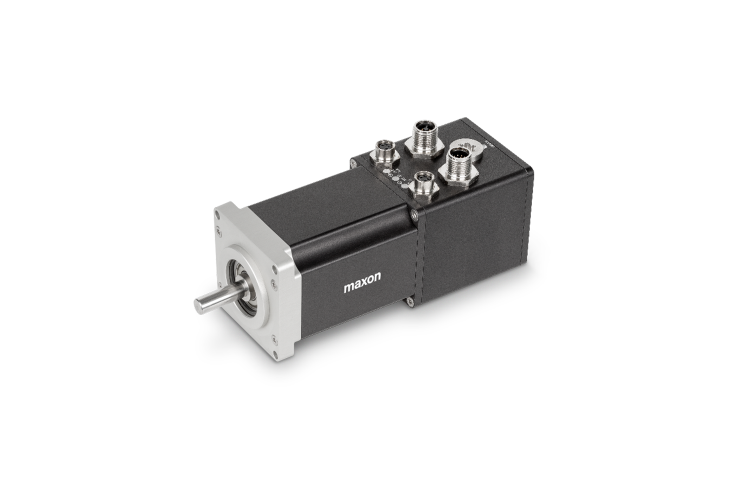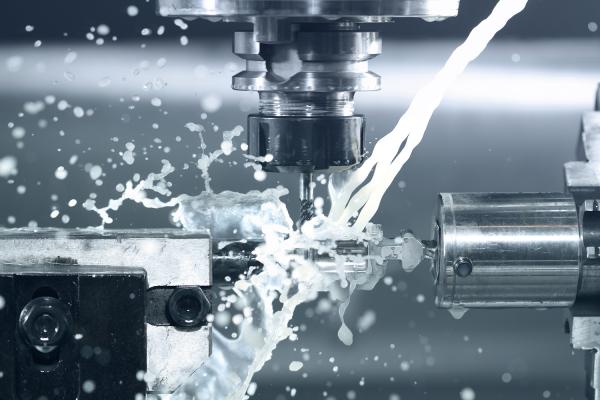Automation: rapid growth in the pharmaceutical sector
Held back by the initial cost of purchasing and using robots, the pharmaceutical industry was slow to take advantage of robotization. Thanks to various technological developments, the use of robots is now seen as an excellent way of gaining speed and thereby productivity. Capable of carrying out tasks three or four times as fast as humans, robots also have the significant advantage of being able to work 24 hours a day. At the same time, they can single-handedly perform the functions of multiple devices, which saves space.

Key aspects of the robotization of pharmacies
Neighborhood pharmacies, large drugstores, and mall pharmacies are all increasingly acquiring robots. These machines solve the problems of dispensing, storage, and inventory management, and free up more time to spend with customers. Pharmacists generally have a choice between two types of machines :
- A semi-automatic robot, which the pharmacist feeds boxes to, and the robot then puts them into storage automatically. The pharmacist may scan the boxes themselves or have the robot do it.
- A fully automatic robot, where all the pharmacist has to do is empty out a bulk carton of drugs and the robot will do the work of scanning, sorting, and storing them.
Whatever the system selected, it allows the pharmacist and the other pharmacy staff to save precious time behind the counter and thus boosts sales. To convince a pharmacy owner to buy, a robot must offer the following advantages :
- More time. Opting for a robot means less time spent moving around and storing products. These time savings are especially important at peak hours.
- More productivity. Use of the robot means fewer staff are required at the counter. The robot should also provide optimal stock visibility and management.
- More space. By relocating stock, space is optimized in the back rooms, but robots also allow for increased retail space. This gives pharmacists the opportunity to expand their self-service area and at the same time improve the comfort of their customers.
Relieved of tedious tasks with low added value, pharmacists can concentrate on the core part of their business: their relationships with their customers. By acquiring an innovative device, they can also communicate their modern approach and arouse the curiosity of their customers.
Automation: how to remove impediments for pharmacists?
While it provides business structure, acquiring automation is a major investment for pharmacies. So they need to be thoroughly convinced of the benefits of a robotic system before they make the final decision to buy. In many cases, the acquisition of a robot forms part of a broader project, to increase turnover, to improve dispensing procedures, or as part of a project to expand their retail space, which requires reorganization of their storage areas.
The space taken up by the robot is a critical point, especially in neighborhood pharmacies where space is limited. Pharmacists have to think about their needs beforehand and the type of organization they want to develop. Once installed, it will not be possible to move the robot easily, so the installation position must be chosen with care. The pharmacy owner also has to allow time for staff training and has to take into account the reactions of the various stakeholders.
Maintenance could also be a sticking point, because its price remains high. You need to reassure pharmacists on all these aspects and assist them in the design of their pharmacy, emphasizing the immediate and long-term benefits that a robot can have.
How should automation specialists respond to the concerns of pharmacists?
To respond to the concerns of pharmacists, machine manufacturers need to offer robotic systems that use few components and still provide extremely high performance. Given that pharmacists have limited space to work with, the robots must be as compact as possible. So it is crucial to select a compact, versatile, and high-performance motor system, such as the IDX range of motors from maxon.
First and foremost: the IDX56 motors, available in versions M (200 watts) and L (300 watts), with a maximum size of 56 mm x 170 mm. This motor is ideally suited to meet the challenges of limited space.
Also equipped with integrated control electronics (power & control via CANopen & EtherCat), it is the ideal solution for product pick & place movements (X,Y,Z) – opening & closing of drawers – product conveyance.

When they are equipped with robots, pharmacies face major maintenance challenges. A breakdown would mean a significant loss of turnover. To reassure the pharmacists, the robots should require as little maintenance as possible. Any maintenance that is still required should be simple. By opting for maxon's IDX motor, you are choosing a robust brushless motor that requires no maintenance throughout the entire lifetime of the product.
You can also access live status information for the motor, such as its temperature, current consumption, rotation speed, etc., via the CAN or EtherCat network, which allows you to control these parameters remotely from your computer. This greatly contributes to simplifying the overall control of your robot. That, in turn, makes it easier to use the machines in the pharmacy.
For more information about IDX, visit idx.maxongroup.com




